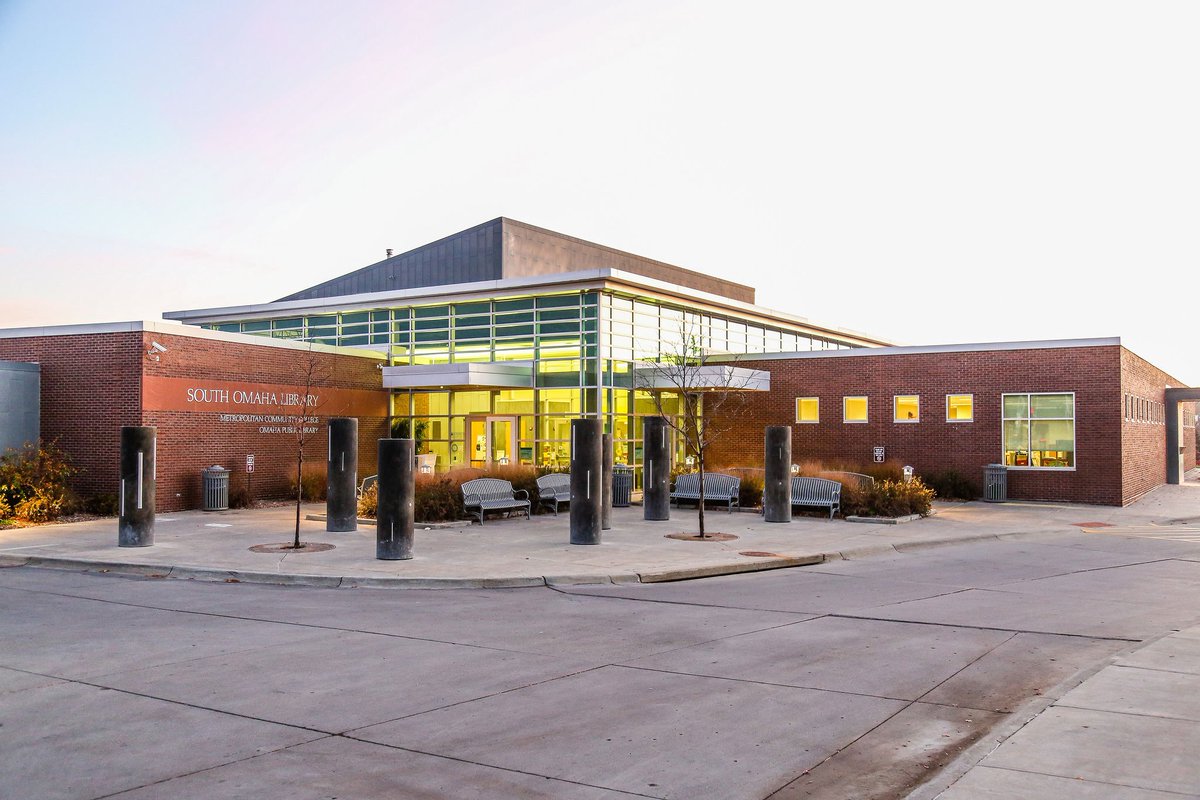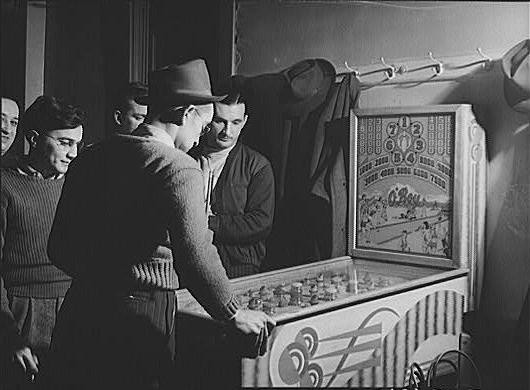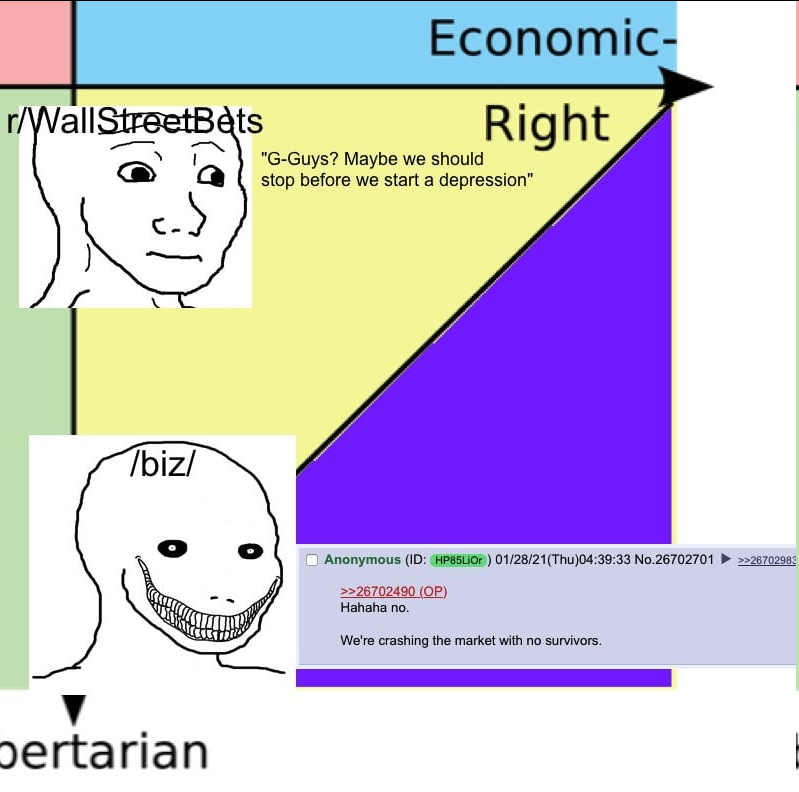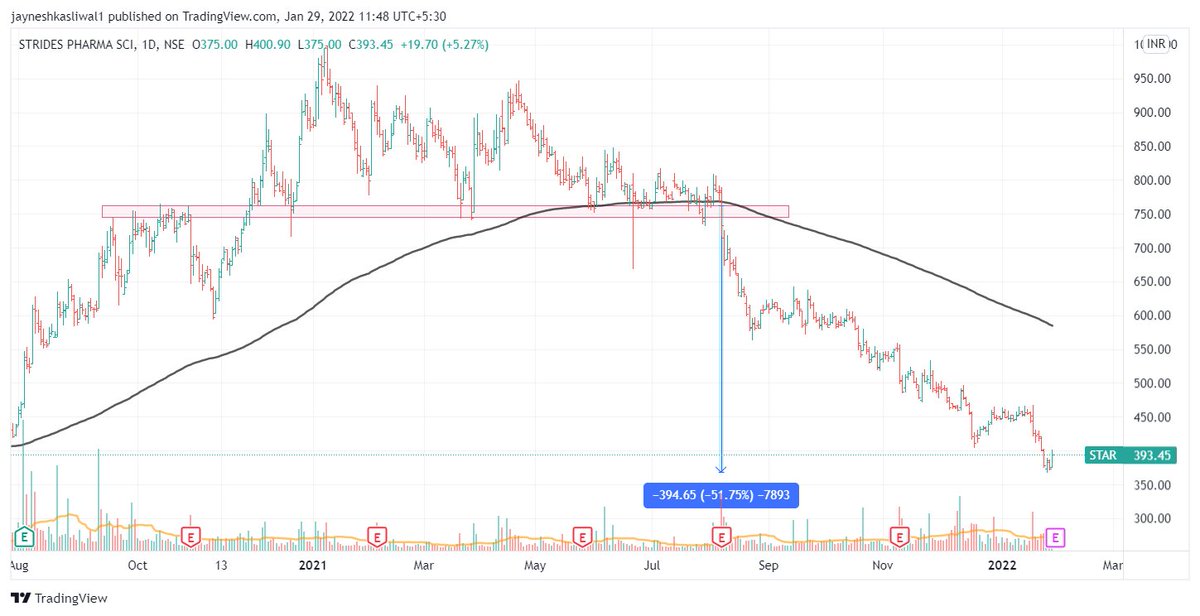But this requires your latency to be the least.
Working on some execution optimisation related backtesting. I have so far been executing with market orders only. Going towards higher lot sizes, I'd like to optimise for minimal slippage.
First off, on NSE, if you place a market order, you get filled at the best bid/ask right?
But this requires your latency to be the least.
I looked at tick historical data, and there are more than 18-20 ticks in a second (auction and quote combined).
Even if you keep 10 ticks per second, your best bid/ask can shift from the time you place to the time exchange receives the order.
What you need is liquidity.









































